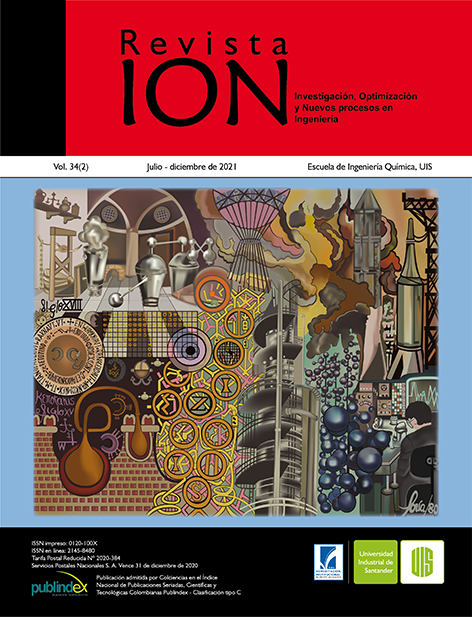Published 2021-07-27
Keywords
- Energy capture,
- Antennas,
- Radio Frequency Waves,
- Device
How to Cite
Abstract
An investigation by the Cooperative University of Colombia [1], related to the location of telecommunications antennas in a city in Colombia is analyzed. In the same way, important elements such as radio frequency (RF) waves are present, emitted by different devices located in different communes. Then there is the possibility of designing a system that allows the collection of energy according to the radio frequency (RF) waves emitted from a city in Colombia, the above is known as energy harvesting, which basically allows a process to be carried out. capturing small amounts of energy supplied by natural sources such as light, heat and vibrations.
The energy harvesting system takes advantage of the lost energies of the different electronic devices, to then capture electromagnetic waves through an antenna that collects the direct current, and in this way to be able to wirelessly charge low-power devices. With the design of the system, we proceed to verify the amount of easily acquired electronic elements, verify how much energy can be captured and determine the capacity to power small devices essential in different activities.
Downloads
References
de Colombia; 2015.
[2] Quintanilla J. Study of the energy harvest by applying tesla’s infinite energy electromagnetic ratio in biotechnology. Perú: National University Altiplano; 2019.
[3] Narayanan A, Keith A. Radio Frequency Energy Harvesting System. Boeing Co; 2016.
[4] Cuji J, Mendoza JL. Portable electronic system for the electrical recharging of mobile devices through.
Ecuador: Universidad Técnica de Ambato; 2016.
[5] Lopez P. ¿Qué es un condensador? (sitio de internet). GEEKNETIC. Disponible en: https://
www.geeknetic.es/Condensador/que-es-ypara-que-sirve.
[6] Mazur GA. Digital Multimeter Principles (Principios de los multímetros digitales) (sitio de internet). American Technical Publishers. Disponible en: https://www.fluke.com/es-co/informacion/blog/electrica/que-es-un-diodo.
[7] Depasquele L, Reggiani G, Banchieri M. Low Cost Electromagnetic Power Density Remote Monitor. Proimca; 2017.
[8] Sánchez Medina II, Cabrera Medina JM, Medina Rojas F, Mosquera Latorre ÁD, Gordillo Ramos
SA. Design of a prototype for energy harvest En: Energies Supported in ICTs: bresict. II International
Congress on Biorefineries and Renewable; 2020 feb 17-20; Santander, Colombia. p. 41-43.


